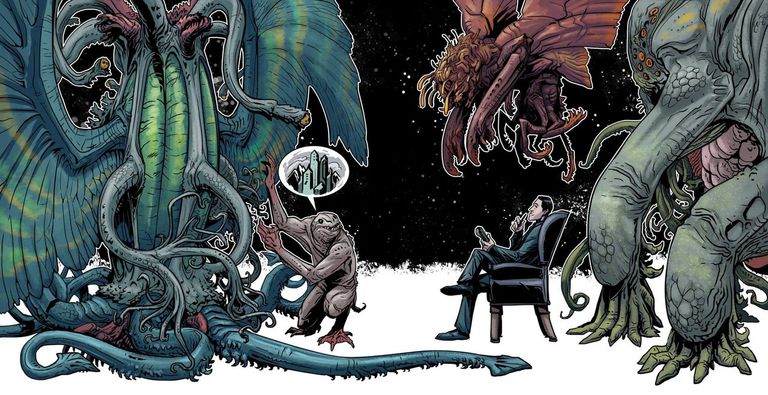
The 20th of August should be remembered as a significant day, to say the least, for contemporary Fantasy, in its various literary, cinematographic, comic, etc. meanings: it was precisely on that day, 130 years ago, that Howard Phillips Lovecraft, the undisputed master of 20th century Horror, whose importance as an author (and theorist) of the Imaginary, it has often been said, is today only comparable to that of other giants of the genre such as the well-known Poe, Sheridan le Fanu, Gustav Meyrink, Arthur Machen or John Ronald Reuel Tolkien.
Today, admiration for Lovecraft and interest in his work (on the part of an enthusiastic public composed mainly of young people) is a steadily growing phenomenon, although the greatness of this author has only been progressively recognised, by circles other than enthusiasts, in recent decades, after a long period of indifference or snobbery towards him on the part of certain "robed critics".
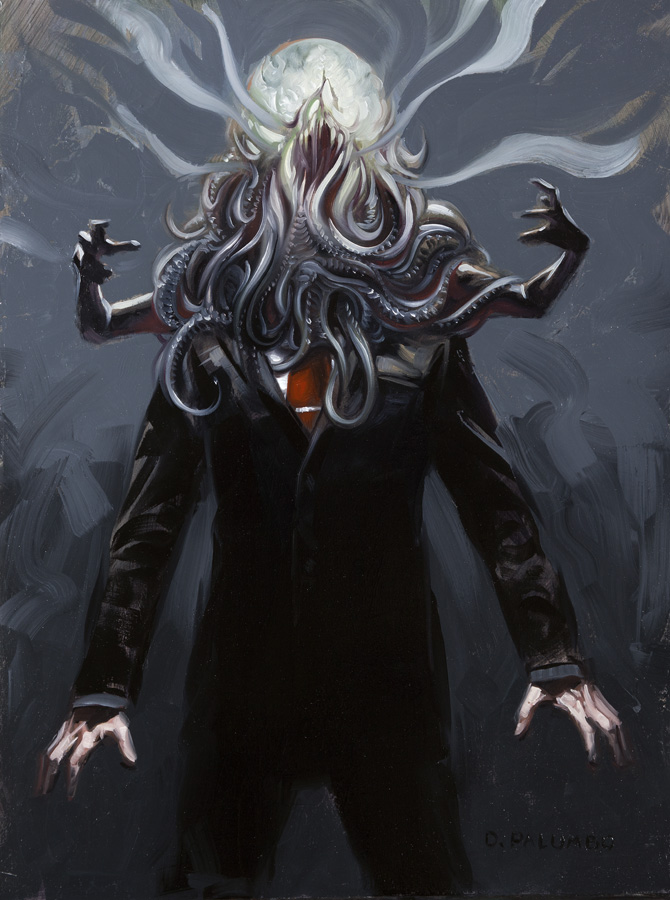
In reality, the issue is more complex than is often thought, for even a cursory analysis of HPL's work reveals the traits of one of the most unique and influential writers and intellectual figures to emerge from the literature of the last century; indeed, it is the exceptional figure of the man himself, Howard Phillips Lovecraft, that has become the central figure in a cult following that has transcended the decades since his death. His name, to paraphrase Richard Matheson, is already literally legend.
The great writer has declared: "But sensible people will always be on our side, and sometimes a strange flash of imagination finds its way into a dark corner of even the hardest head; so that no rationalism, reform or Freudian analysis can entirely remove the thrill caused by a whisper in a corner of the home or in a lonely wood" -Supernatural horror in literature.
Who is Lovecraft to all those who have been influenced by his work?
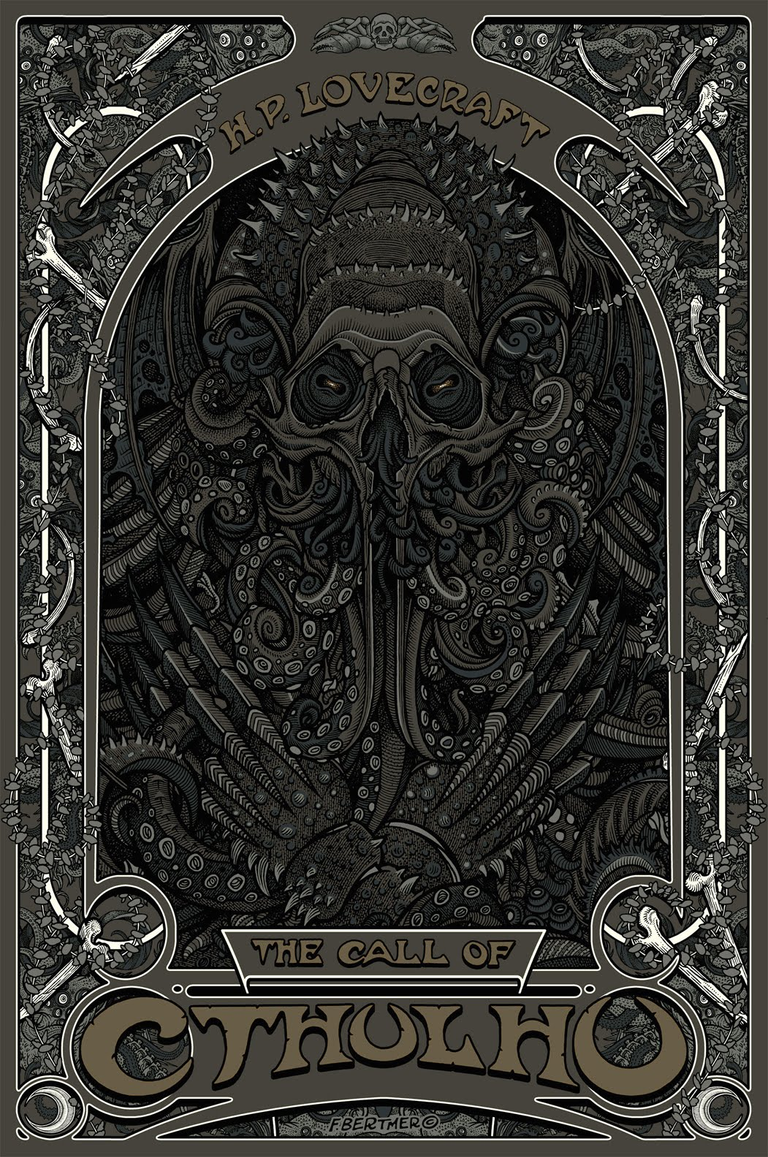
Completely ignored and mistreated by the critics until about twenty years ago, considered B literature, the author of waste paper stories, underrated when not directly ignored along with the literary genres he dealt with: mainly horror, fantasy and spooky mystery.
Yet today everyone seems to hang on his every word; Lovecraft and the mythological creatures spawned by his brilliant mind are everywhere, becoming even more famous than his own stories. They have grown out of the pages of the tales in which they were born, now living a life of their own.
Who hasn't heard of the terrifying monster Cthulhu (now a cuddly toy or a cute little crocheted doll), the divine cosmic entity?
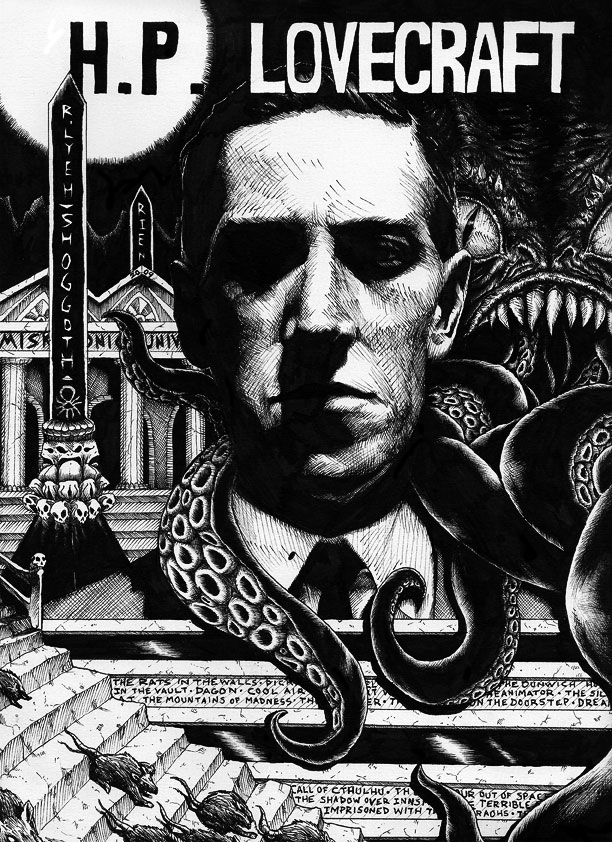
But probably, of all those who have heard of the Cthulhu cycle, very few have read The Call of Cthulhu or other works such as The Mountains of Madness.
Even outside "artistic" circles, Lovecraftian creatures have taken up residence: a species of spider widespread in California bears a homage to the great Cthulhu cycle in its name, the Pimoa cthulhu.
Many artists (musicians, poets and writers) have been influenced by H.P. and many have openly paid homage to him, such as Alan Moore, whose Neonomicon, apart from the obvious reference in the title to the Necronomicon, reworks the Lovecraftian mythology with original additions.
Moore and Lovecraft form an odd, but disturbingly well-matched pair. Of course, the result reaches high levels of disturbing...
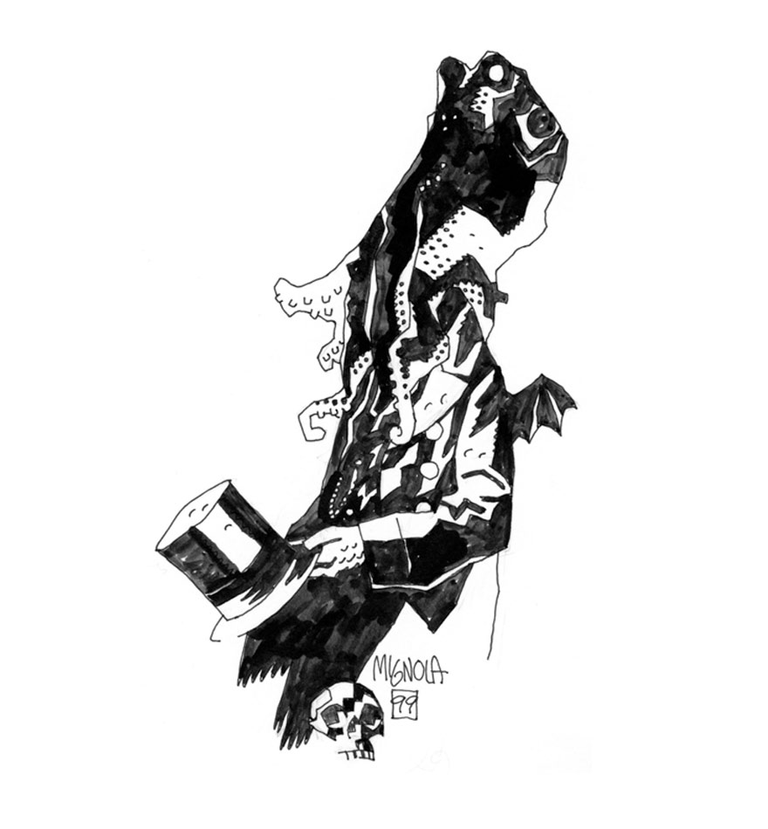
For example, sex, which in Lovecraft can be alluded to (if you're into that sort of thing) by all those tentacles, while Moore doesn't mind being explicit and downright perverse.
Moore's interpretation of the origin of the myth of the Great Old Ones with a vision of time that does not distinguish between past present and future allows us to fix its birth in a time very close to our own.
We feel obliged to warn that Neonomicon is not a reading for weak stomachs and we would not like to see poor Moore dragged into another media case about 14-year-olds with perennial traumas because of this kind of reading (as happened in South Carolina, where the comic was in danger of being banned from libraries).
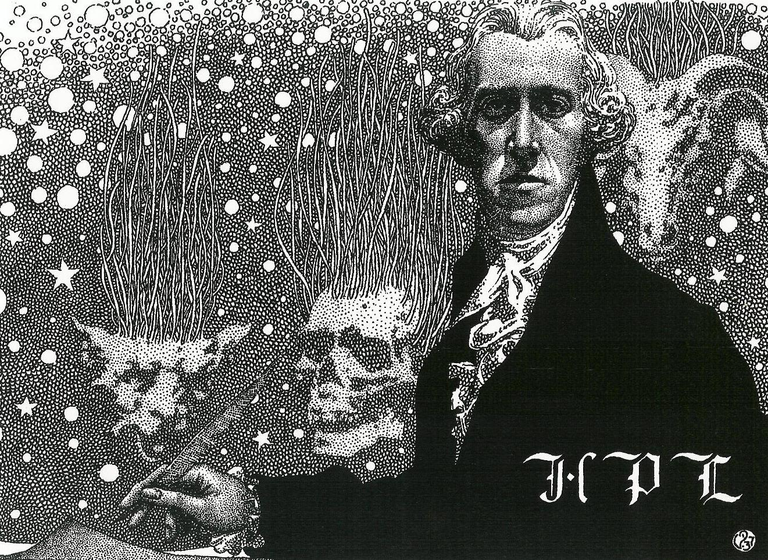
R'lyeh's world is eternal, indeed outside of time as we conceive of it, and the perception of its enormity, even for a momentary flash, can cost one's sanity; that immediate perception that can drag one into the abyss of madness. But it will not be possible to escape it for long, because the madness that pervades everything is in the end the reality revealed.
The risk of going mad is always just around the corner, or it would have nothing to do with Lovecraft, the author who is no longer just an author but a character in other books, the fulcrum around which the events and actions of the characters revolve.
The quote with which we opened the article comes directly from a critical essay composed by Lovecraft himself, published in response to the constant critical attacks on the horror and fantasy genre.
The (brilliant) critic Lovecraft is, unfortunately, a chapter little known to the public; but his defence of the aforementioned literary genres has indelibly marked their fate, enhancing them by recognising their own characteristics and peculiarities.
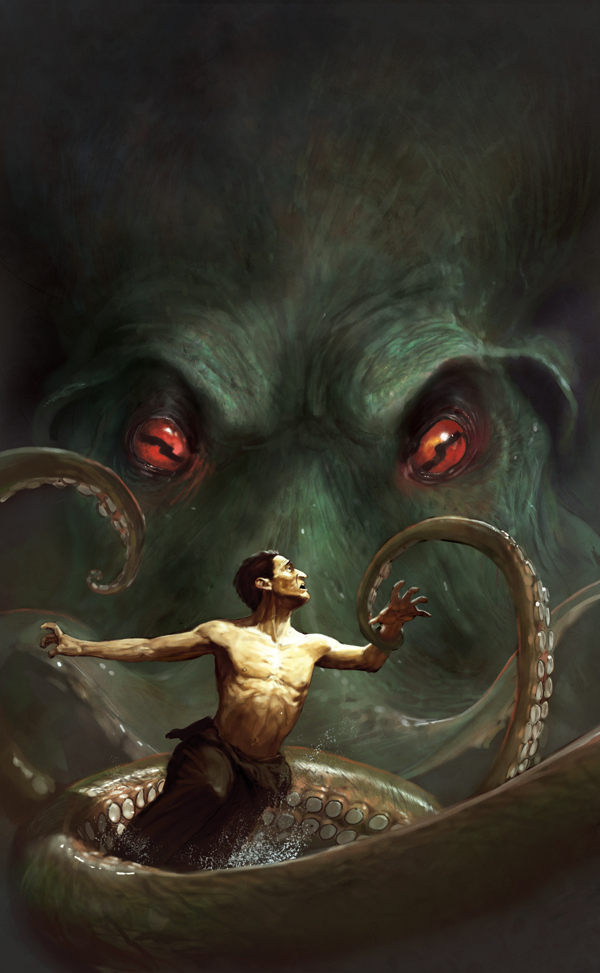
For a quick survey of the various creatures of the Cthulhu cycle, Bottero Edizioni has published Il bestiario di Lovecraft (Lovecraft's Bestiary): very handy as a compendium, though unfortunately the very dark and unsharp illustrations do not match the magnificence of Lovecraftian descriptions: it is much better to read about them from the pages of HP than to see them drawn on paper.
We leave you with one last, not obvious recommendation: whatever you read about this Otherworld, remember not to read it out loud; the arrival of the Great Old Ones that HP warned us about - their arrival and our destruction - has not yet happened, so be careful not to invoke anything.

El 20 de agosto debe ser recordado como un día significativo, cuando menos, para la Fantasía contemporánea, en sus diversas acepciones literarias, cinematográficas, cómicas, etc: fue precisamente ese día, hace ya 130 años, cuando Howard Phillips Lovecraft, el indiscutible maestro del Terror del siglo XX, cuya importancia como autor (y teórico) de lo Imaginario, se ha dicho a menudo, es hoy sólo comparable a la de otros gigantes del género como los conocidos Poe, Sheridan le Fanu, Gustav Meyrink, Arthur Machen o John Ronald Reuel Tolkien.
En la actualidad, la admiración por Lovecraft y el interés por su obra (por parte de un público entusiasta compuesto principalmente por jóvenes) es un fenómeno en constante crecimiento, aunque la grandeza de este autor sólo ha sido progresivamente reconocida, por círculos distintos de los entusiastas, en las últimas décadas, tras un largo periodo de indiferencia o esnobismo hacia él por parte de ciertos "críticos togados".
En realidad, la cuestión es más compleja de lo que suele pensarse, porque incluso un análisis superficial de la obra de HPL revela los rasgos de uno de los escritores y figuras intelectuales más singulares e influyentes surgidos de la literatura del siglo pasado; de hecho, es la figura excepcional del propio hombre, Howard Phillips Lovecraft, la que se ha convertido en personaje central de un culto que ha trascendido las décadas posteriores a su muerte. Su nombre, parafraseando a Richard Matheson, es ya literalmente leyenda.
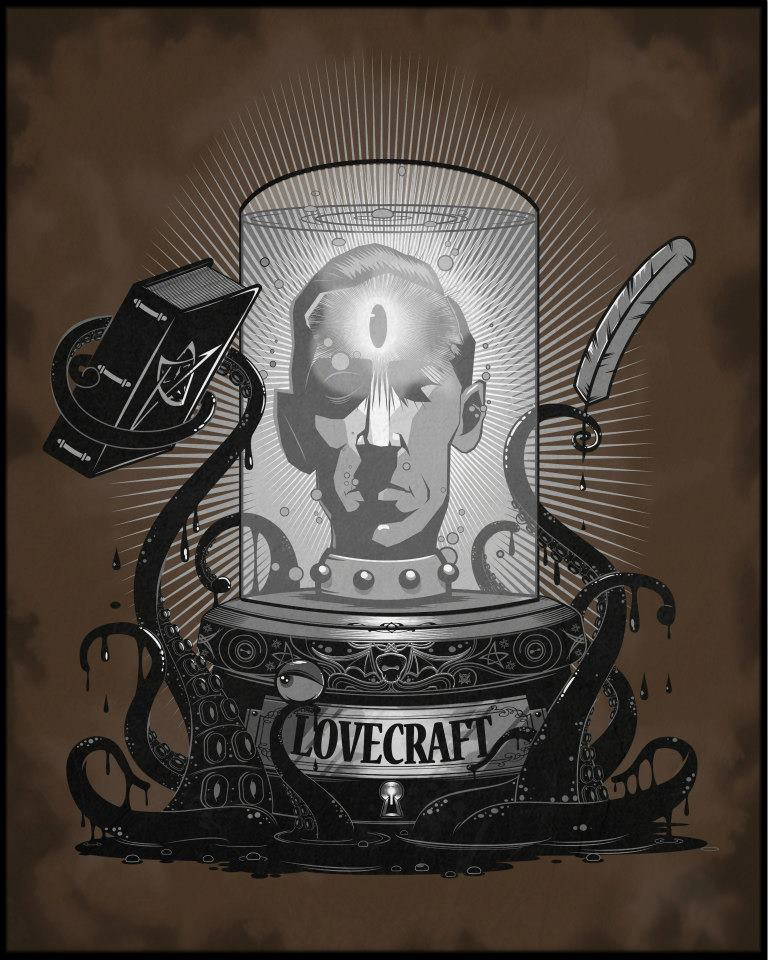
El gran escritor ha declarado: "Pero la gente sensata siempre estará de nuestro lado, y a veces un extraño destello de imaginación se abre paso en un rincón oscuro incluso de la cabeza más dura; de modo que ningún racionalismo, reforma o análisis freudiano puede eliminar por completo la emoción causada por un susurro en un rincón del hogar o en un bosque solitario" -El horror sobrenatural en la literatura.
¿Quién es Lovecraft para todos los que se han visto influidos por su obra?
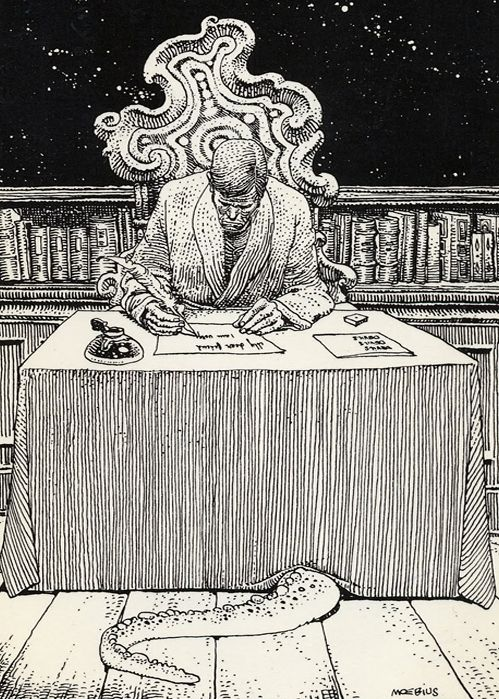
Completamente ignorado y maltratado por la crítica hasta hace unos veinte años, considerado literatura de serie B, el autor de cuentos de papel usado, menospreciado cuando no directamente ignorado junto con los géneros literarios que trató: principalmente terror, fantasía y misterio espeluznante.
Sin embargo, hoy todos parecen estar pendientes de cada una de sus palabras; Lovecraft y las criaturas mitológicas engendradas por su mente brillante están por todas partes, haciéndose incluso más famosos que sus propios relatos. Han crecido fuera de las páginas de los cuentos en los que nacieron, viviendo ahora una vida propia.
¿Quién no ha oído hablar alguna vez del terrorífico monstruo Cthulhu (ahora un peluche o un simpático muñequito de ganchillo), la divina entidad cósmica?
Pero probablemente, de todos los que han oído hablar del ciclo de Cthulhu, muy pocos han leído La llamada de Cthulhu u otras obras como Las montañas de la locura.
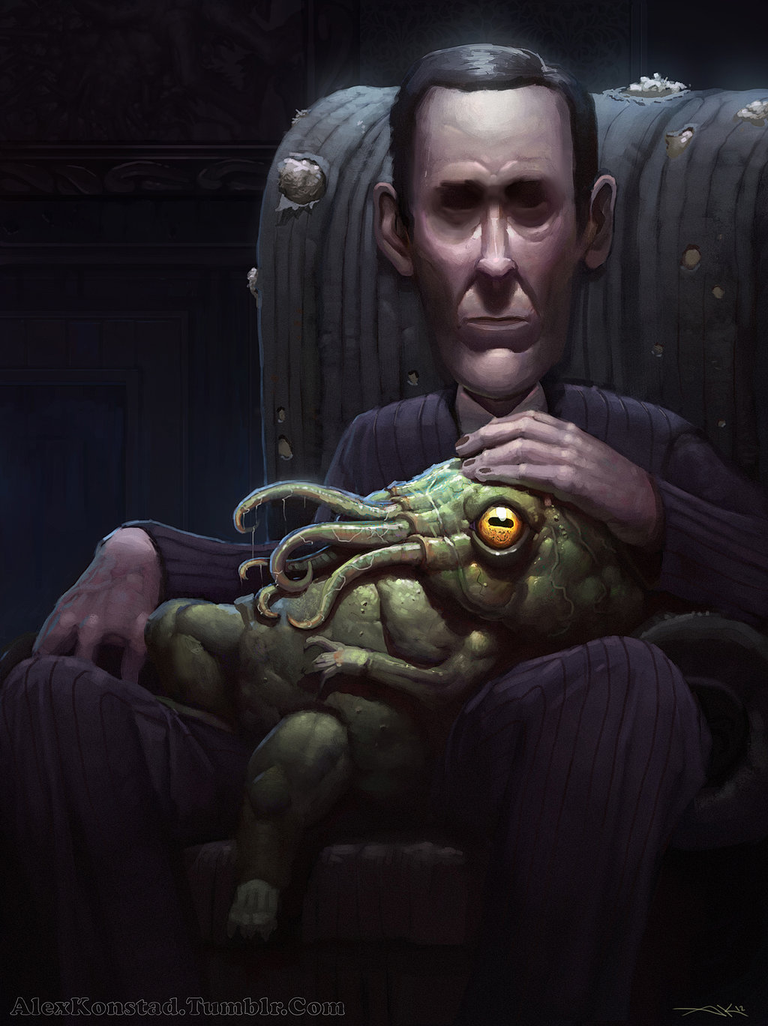
Incluso fuera de los círculos "artísticos", las criaturas lovecraftianas han fijado su residencia: una especie de araña muy extendida en California lleva en su nombre un homenaje al ciclo del gran Cthulhu, la Pimoa cthulhu.
Muchos artistas (músicos, poetas y escritores) se han visto influidos por H.P. y muchos le han rendido homenaje abiertamente, como Alan Moore, cuyo Neonomicon, aparte de la obvia referencia en el título al Necronomicon, reelabora la mitología lovecraftiana con añadidos originales.
Moore y Lovecraft forman una pareja bien avenida, extraña, pero inquietantemente bien avenida. Por supuesto, el resultado alcanza altas cotas de lo perturbador...
Por ejemplo, el sexo, que en Lovecraft puede ser aludido (si te gustan esas cosas) por todos esos tentáculos, mientras que a Moore no le importa ser explícito y francamente perverso.
La interpretación que Moore hace del origen del mito de los Grandes Antiguos con una visión del tiempo que no distingue entre pasado presente y futuro permite fijar su nacimiento en una época muy cercana a la nuestra.
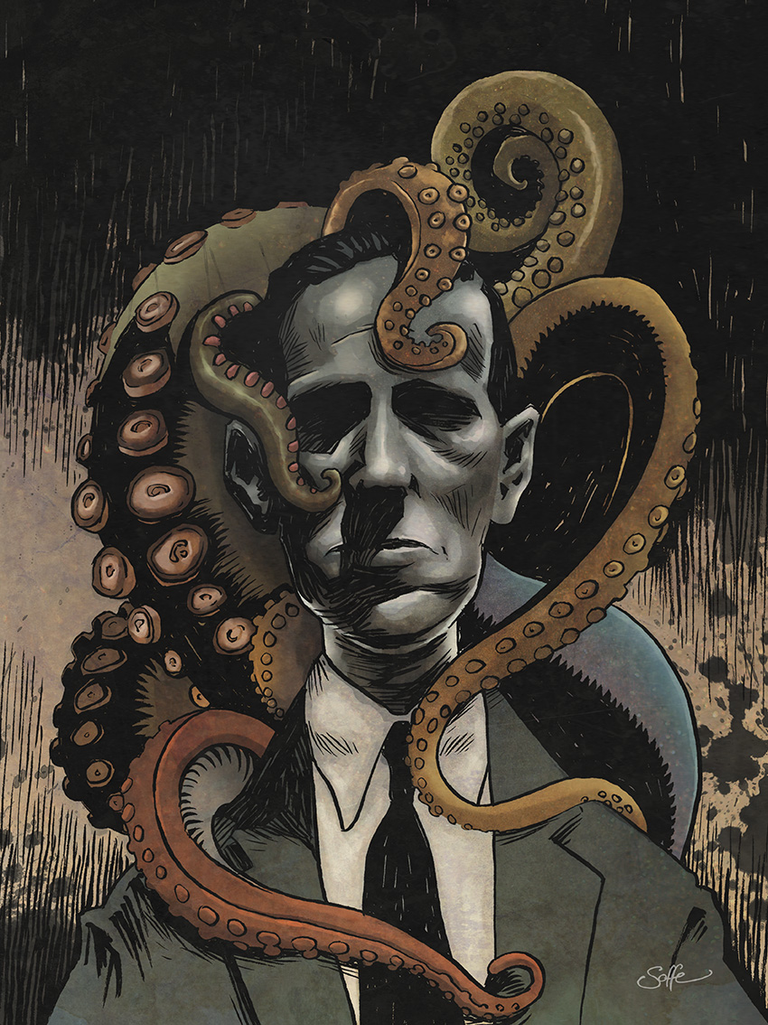
Nos sentimos obligados a advertir que Neonomicon no es una lectura para estómagos débiles y no nos gustaría ver al pobre Moore arrastrado a otro caso mediático sobre niños de 14 años con traumas perennes a causa de este tipo de lecturas (como ocurrió en Carolina del Sur, donde el cómic corrió el riesgo de ser prohibido en las bibliotecas).
El mundo de R'lyeh es eterno, de hecho fuera del tiempo tal y como lo concebimos, y la percepción de su enormidad, aunque sea por un destello momentáneo, puede costar la cordura; esa percepción inmediata que puede arrastrar a uno al abismo de la locura. Pero no será posible escapar de ella por mucho tiempo, porque la locura que lo impregna todo es al fin y al cabo la realidad revelada.
El riesgo de volverse loco está siempre a la vuelta de la esquina, o no tendría nada que ver con Lovecraft, el autor que ya no es sólo un autor sino un personaje de otros libros, el punto de apoyo en torno al cual se mueven los acontecimientos y las acciones de los personajes.
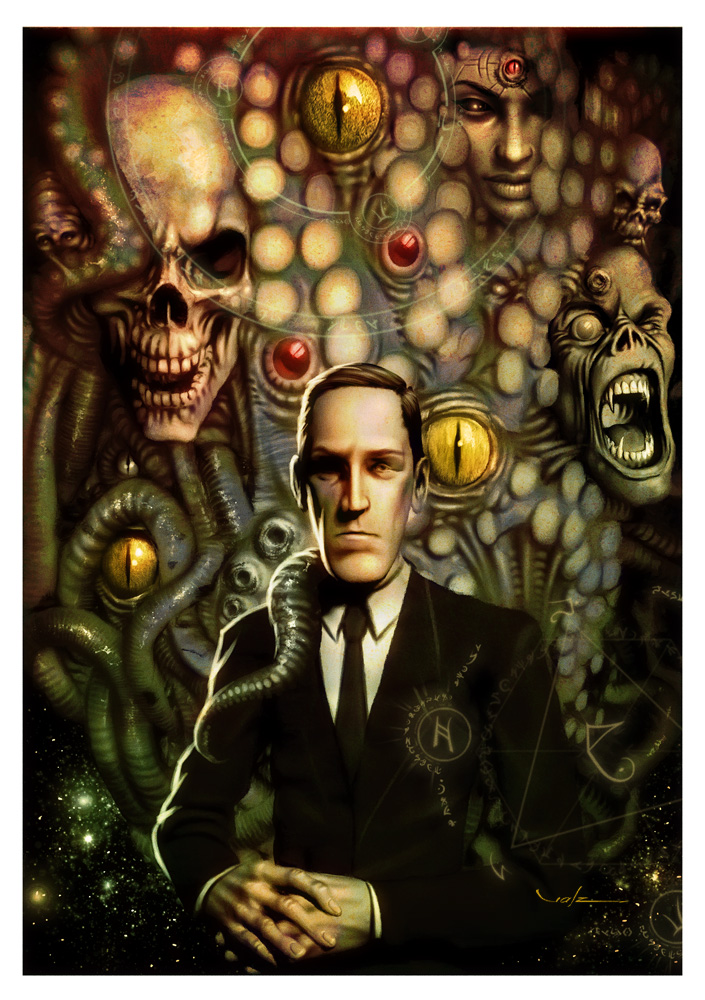
La cita con la que abríamos el artículo procede directamente de un ensayo crítico compuesto por el propio Lovecraft, publicado en respuesta a los constantes ataques de la crítica al género de terror y fantasía.
El (brillante) crítico Lovecraft es, por desgracia, un capítulo poco conocido por el público; pero su defensa de los géneros literarios mencionados ha marcado indeleblemente su suerte, realzándolos al reconocer sus propias características y peculiaridades.
Para hacer un rápido repaso a las diversas criaturas del ciclo de Cthulhu se ha publicado por Bottero Edizioni Il bestiario di Lovecraft (El bestiario de Lovecraft): muy manejable como compendio, aunque lamentablemente las ilustraciones muy oscuras y poco nítidas no rinden a la magnificencia de las descripciones lovecraftianas: es mucho mejor leer sobre ellas desde las páginas de HP que verlas dibujadas sobre el papel.
Os dejamos con una última recomendación nada obvia: leáis lo que leáis sobre este Otro Mundo, acordaos de no hacerlo en voz alta; aún no se ha producido la llegada de los Grandes Antiguos de los que nos advirtió HP: su llegada y nuestra destrucción, así que procurad no invocar nada.
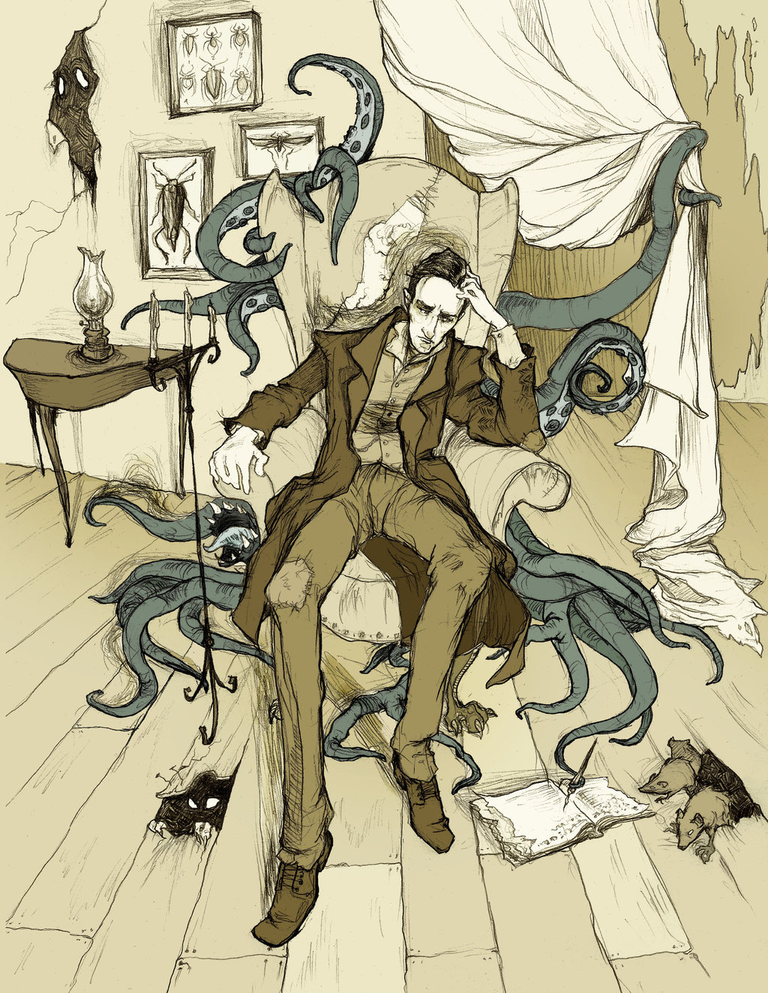
Source images / Fuente imágenes.

El crédito por las imágenes de los divisores e imagen final va a YoPriceGallery. y a UnsplashLos he modificado usando el programa de distribución libre y gratuita Kolour Paint. / Credit for the images of the dividers and final image goes to YoPriceGallery and UnsplashI modified them using the freely distributed Kolour Paint.
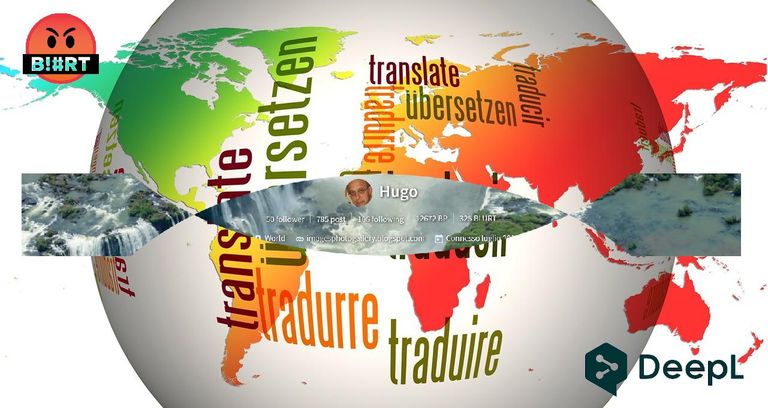


| Blogs, Sitios Web y Redes Sociales / Blogs, Webs & Social Networks | Plataformas de Contenidos/ Contents Platforms | |
|---|---|---|
| Mi Blog / My Blog | Un Libro de Cabecera. | |
| Mi Blog / My Blog | Rasetipi. | |
| Red Social Twitter / Twitter Social Network | @hugorep |
Upvoted. Thank You for sending some of your rewards to @null. Get more BLURT:
@ mariuszkarowski/how-to-get-automatic-upvote-from-my-accounts@ blurtbooster/blurt-booster-introduction-rules-and-guidelines-1699999662965@ nalexadre/blurt-nexus-creating-an-affiliate-account-1700008765859@ kryptodenno - win BLURT POWER delegationNote: This bot will not vote on AI-generated content
Thanks @ctime and good weekend!